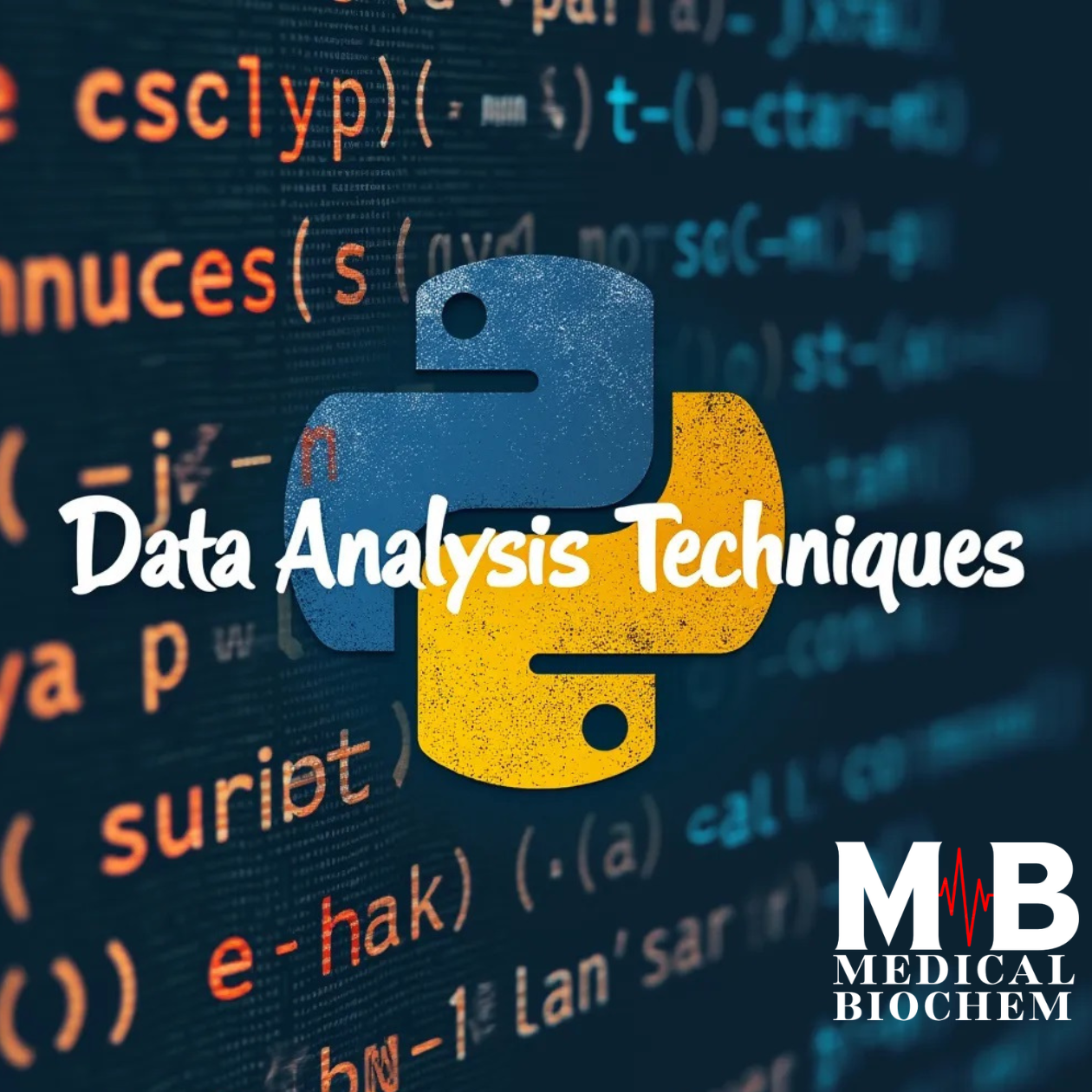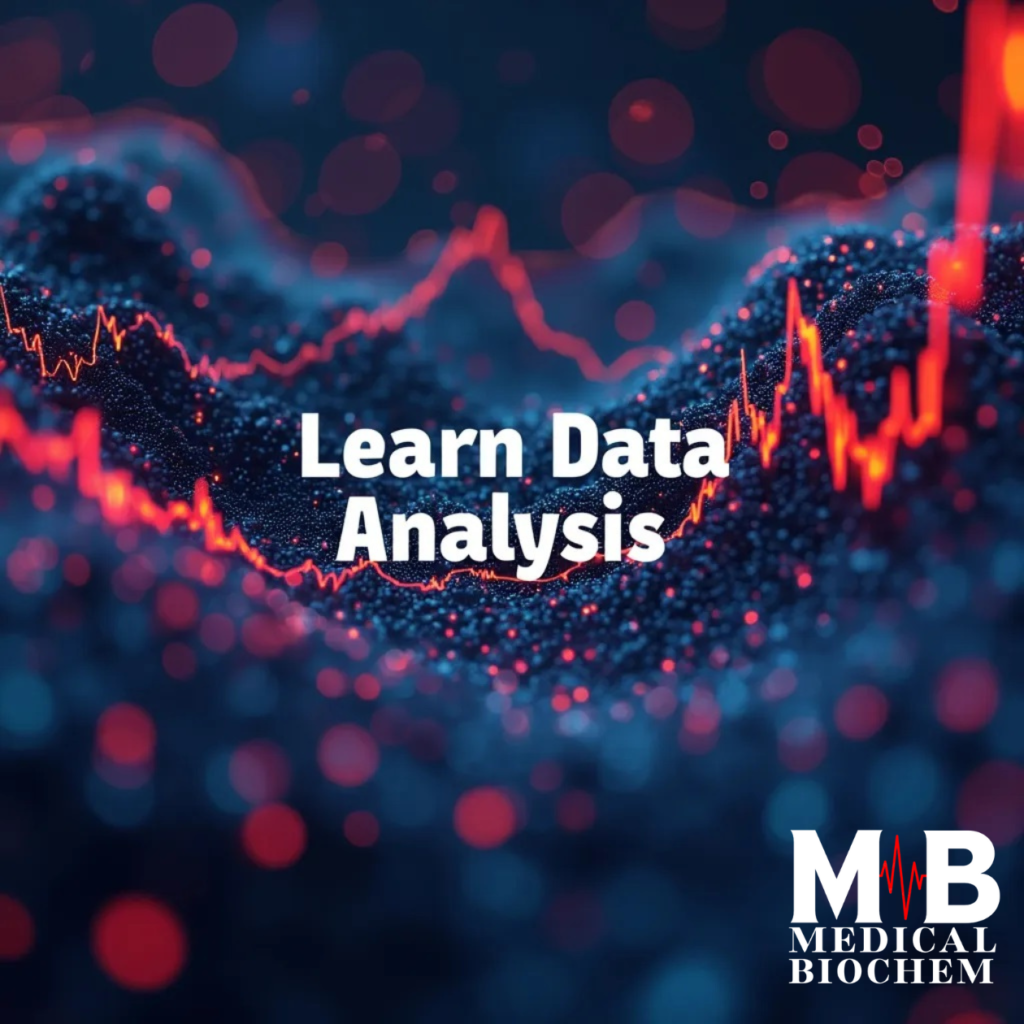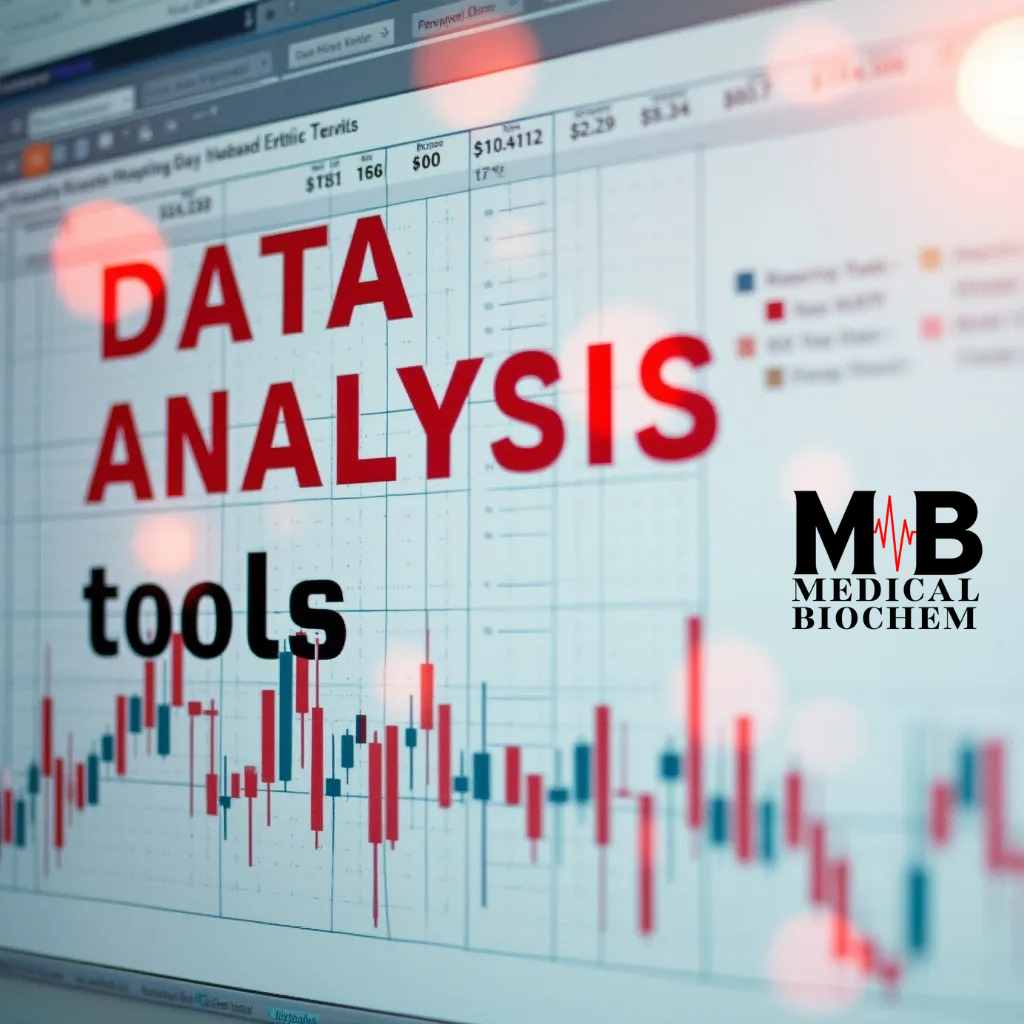Data Analysis Techniques
In today’s data-driven world, understanding the right data analysis techniques can make a substantial difference in making informed decisions. Businesses, researchers, and analysts are increasingly leaning on data analysis to forecast trends, optimize processes, and solve complex problems. In this blog, we will explore different facets of data analysis, including descriptive, predictive, and prescriptive analytics, as well as practical guidance on using Python or R for exploratory data analysis (EDA). We will also cover techniques for analyzing time series data, sentiment analysis, and regression analysis.

Table of Contents
Understanding Descriptive, Predictive, and Prescriptive Analytics
Descriptive Analytics
Descriptive analytics helps in understanding “what happened” by summarizing historical data. Techniques such as data aggregation, mean, median, and variance calculations help identify patterns and trends. By transforming raw data into insightful summaries, businesses gain valuable context regarding their performance, customer behavior, and more.
Example: A retail store uses descriptive analytics to analyze its monthly sales data. Summary statistics can reveal which products sold the most, helping stakeholders determine successful inventory strategies.
Predictive Analytics
Predictive analytics uses statistical models and machine learning algorithms to answer “what could happen in the future.” Linear regression, time series analysis, and classification are predictive methods that enable us to identify trends before they occur based on existing data.
Use Case: A financial institution can use predictive models to identify customers likely to default on loans, based on historical behaviors and transactional patterns.
Prescriptive Analytics
While descriptive analytics looks at the past, and predictive analytics forecasts the future, prescriptive analytics suggests “what actions should be taken.” Using optimization techniques and machine learning, predictive models help make data-driven decisions that influence outcomes favorably.
Scenario: An airline company can use prescriptive analytics to decide optimal pricing strategies based on predicted demand and historical trends, thus maximizing profit.
How to Conduct Exploratory Data Analysis (EDA) Using Python/R
EDA is crucial for understanding data distributions, patterns, and anomalies. In Python, common libraries like Pandas, Matplotlib, and Seaborn are frequently used to explore and visualize data. Meanwhile, in R, packages such as dplyr and ggplot2 offer robust functionality.
Key Steps for EDA:
- Data Cleaning: Handle missing values and outliers using methods like interpolation, median replacement, or deletion.
- Python Code Example:
| df.dropna(inplace=True) |
- Data Visualization: Use visual tools to detect correlations and distribution characteristics.
- Histogram and Scatter Plots:
- Histogram and Scatter Plots:
| import seaborn as snssns.histplot(df[‘age’], kde=True) |
- Feature Engineering: Derive new features that could enhance model performance.
- R Example:
- R Example:
| df$new_feature <- df$feature1 + df$feature2 |
Tools to Utilize:
- Python: Pandas, Seaborn, Matplotlib
- R: dplyr, ggplot2, tidyr
Example Use Case:
An e-commerce company might use Python’s Seaborn to visualize the relationship between product ratings and sales, enabling a deeper understanding of customer preferences.
Time Series Data Analysis Techniques and Use Cases
Time series analysis involves data points collected or recorded at specific time intervals. Commonly used in stock market analysis, sales forecasting, and climate research, time series data presents unique challenges and opportunities.
Techniques for Time Series Analysis:
- Decomposition: Breaking down data into trend, seasonal, and residual components helps to understand underlying factors.
- Example: Decompose monthly temperature data to examine long-term trends versus seasonal changes.
- Smoothing Methods: Techniques such as moving average or exponential smoothing are used to identify trends while reducing noise.
- ARIMA Models: Auto-Regressive Integrated Moving Average (ARIMA) models are widely used for forecasting by combining autoregressive and moving average terms.
Use Case: A retail chain might use ARIMA models to forecast demand for a particular product during peak seasons, allowing for optimal inventory planning.
Sentiment Analysis: How to Extract Insights from Text Data
Sentiment analysis leverages natural language processing (NLP) to determine whether a piece of text expresses positive, negative, or neutral sentiment. It is widely used for analyzing customer feedback, social media content, and reviews.
Techniques and Tools:
- Text Preprocessing: Clean and normalize text by removing stop words and punctuation and performing lemmatization.
- Python Code Example:
- Python Code Example:
| from nltk.corpus import stopwordsfiltered_words = [word for word for word if word not in stopwords.words(‘English)] |
- TF-IDF and Bag of Words: These are popular methods to represent text data numerically.
- Machine Learning Models: Use models such as Logistic Regression, Naive Bayes, or advanced neural network approaches for classification.
Real-Life Application:
Restaurants can apply sentiment analysis to Yelp reviews to understand customer satisfaction trends, adjusting their menu and services accordingly.
Regression Analysis Explained: A Beginner’s Guide
Regression analysis is one of the core techniques in data analysis, mainly used to predict continuous outcomes. It helps to understand the relationship between variables by modeling the effect of independent variables on a dependent variable.
Types of Regression:
- Linear Regression: Establishes a linear relationship between the independent variable (X) and dependent variable (Y). Useful for simple predictions where the relationship is linear.
- Python Code Example:
| from sklearn.linear_model import LinearRegressionmodel = LinearRegression()model.fit(X, y) |
- Logistic Regression: Despite its name, logistic regression is used for binary classification problems.
- Polynomial Regression: When data points form a curve rather than a straight line, polynomial regression provides a better fit.
Use Case: A car rental company can use regression analysis to determine how factors like car models, mileage, and rental duration impact rental prices, thus offering competitive pricing strategies.
Conclusion
Data analysis techniques are indispensable for deriving value from vast amounts of data. Understanding descriptive, predictive, and prescriptive analytics empowers organizations to make better decisions. Techniques like exploratory data analysis, time series analysis, sentiment analysis, and regression play vital roles in solving business problems and understanding consumer behavior.
Exploratory Data Analysis (EDA) acts as the foundation of any data analysis project, enabling analysts to gain a comprehensive overview of the data, spot anomalies, and derive valuable insights. By using popular tools like Python and R, analysts can efficiently explore data trends and prepare it for more complex analyses. The use of visualizations and data wrangling techniques provides a clear pathway for identifying the core characteristics of the dataset and ensures a deeper understanding before moving on to modeling.
Ready to master these data analysis techniques and drive your projects to success? Dive deeper into these methods and transform your data skills today. Subscribe to our newsletter for more insights, tutorials, and exclusive content.


